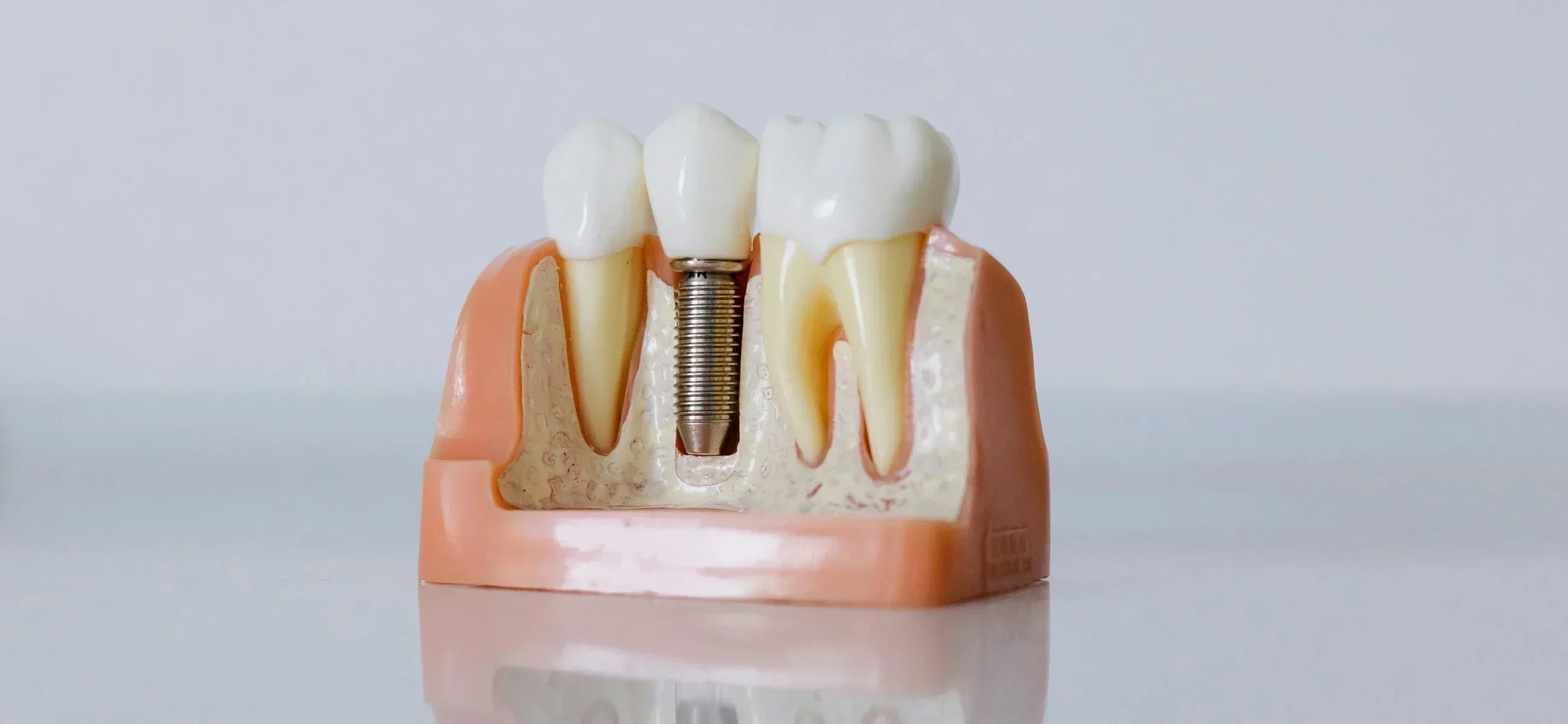
In this article
- Can bone be exposed after tooth extraction?
- Is it normal to have bone exposed after tooth extraction?
- Symptoms of exposed bone in gum after tooth extraction
- The best course of treatment for exposed jaw bone after tooth extraction
- What happens if you leave the jaw bone exposed after tooth extraction?
- Adopt good oral hygiene habits from now on
- The last words
Noticing an exposed bone after tooth extraction can be worrying. Is it meant to be there? What causes it? And how do you treat it? Well, the important thing is not to panic. Lots of patients experience exposed bone after tooth extraction, and it's a result of the natural healing process that the body implements after the procedure.
In this article, we explain exactly what causes a bone to be exposed after tooth extraction and reveal what to do if you notice the symptoms. Thankfully, most people can get the bone treated or removed without much issue, so it's nothing to worry about as we explain below.
Can bone be exposed after tooth extraction?

Spotting a bit of bone after a tooth extraction, especially a few days into healing, can feel unsettling. You might be wondering, Is that supposed to be there? Did something go wrong? The short answer: you're not alone, and yes, bone exposure can happen, particularly after wisdom teeth removal.
This exposed bit of bone is called a bone spicule: a small, sharp fragment that may surface as your gum tissue contracts and the socket reshapes. It’s a byproduct of the bone’s natural contours adjusting after your tooth is gone. While it’s not dangerous, it can feel uncomfortable, especially when eating or brushing near the area.
In most cases, a dentist can easily smooth or remove the spicule if it's causing pain or irritation. So, while the sight of bone might give you pause, it’s often a minor bump in the recovery road.
Don’t try to handle it yourself. Let your dentist assess and treat it properly. Healing may look a little different for everyone, but exposed bone just means your body is in motion.
Is it normal to have bone exposed after tooth extraction?
While not normal to experience a bone spicule, it can commonly occur after wisdom teeth removal. It's not a result of improper treatment or any complication, and it typically occurs as a result of the body's natural healing process.
This is because the bone that once supported the removed tooth will form sharp spurs as it begins to reshape and heal.
In the extraction site, it is these spurs that become dislodged and exposed. If left untreated, they can be painful and may even lead to an infection, which is why it's so important to see your dentist.
Symptoms of exposed bone in gum after tooth extraction

Is exposed bone in the gum after tooth extraction painful? Yes, it usually is. In fact, here are some of the symptoms you might recognize if you have exposed bone in the extraction site:
✅ Dull pain at the site of the extraction
✅ Redness of the area and excessive swelling
✅ A sharp sensation in the gum tissue
✅ The early signs of an infection, which could include pus and inflammation
You might be able to temporarily relieve the symptoms of exposed bone by taking over-the-counter pain relief or via a natural home remedy.
However, it's a good idea to get on the phone to your dentist so they can check the extraction site and make a diagnosis ahead of a planned treatment plan to resolve the issue.
The best course of treatment for exposed jaw bone after tooth extraction
There are actually several potential ways to treat exposed bone following tooth extraction. However, they all begin with a visit to your dentist. Here are some of the treatment options your dentist might recommend:
-
Management of the spicule: In some instances, the dentist may advise management of the spicule to help it work its way from the extraction site naturally. This will involve several trips to the dentist for saline rinses and it might take several weeks or months to remove itself.
-
Manual or surgical removal: If possible, your dentist will look to remove the spicule manually. If possible, this won't take long and won't require any surgery. However, if the spicule is deep rooted, large, or causing complications, you dentist may recommend further minor surgery to remove it.
-
Smoothing the bone (Alveoloplasty): In cases where the exposed bone is causing irritation or poking through the gum tissue, your dentist may suggest a minor reshaping procedure known as alveoloplasty. This involves carefully smoothing or trimming the jagged bone edges under local anesthesia to promote better gum coverage and reduce the risk of future exposure.
-
Use of a collagen plug or membrane: For patients with poor healing or ongoing gum recession around the extraction site, your dentist may place a collagen plug or resorbable membrane over the exposed bone. This acts like a protective blanket, shielding the area and encouraging tissue to grow back over it.
-
Prescribing a medicated rinse or topical gel: If the bone exposure is accompanied by tenderness or signs of early infection, your dentist might prescribe a chlorhexidine rinse or a topical antibiotic gel to reduce bacteria and support healing. These treatments are especially helpful when bone exposure is mild and caught early.
-
Guided tissue regeneration (GTR): In rare or more complex cases, particularly when healing is slow or the area continues to expose bone despite other treatments, guided tissue regeneration may be considered. This advanced procedure involves placing a barrier membrane over the bone to direct gum tissue growth and isolate it from the faster-growing connective tissues.
Though you might be tempted to ignore the exposed bone, you need to get it treated, as it can lead to potential complications, as we explain below.
What happens if you leave the jaw bone exposed after tooth extraction?
The main issue you will face if you leave the bone exposed after a tooth extraction is pain and discomfort. You will likely experience a dull pain in the jawbone itself, and the gum might feel painful and inflamed.
However, the extraction site might also become infected, which could lead to various other issues, including gum disease.
If you don't have the spicule removed, it will take much longer for the extraction site to heal, and you may need future surgery to remove it as it increases.
Ultimately, you need to visit the dentist as soon as possible if you think you have exposed bone after a tooth extraction to avoid any future complications.
Adopt good oral hygiene habits from now on
You don’t need a dental degree to do it right. With a few smart habits and the right tools, you can support your recovery and come out with even better oral hygiene than before. Get the below-mentioned tips to build a stronger routine from the ground up:
Rinse gently
It’s tempting to swish mouthwash like you're trying to win a race, but after an extraction, that kind of force can dislodge the blood clot and lead to a painful condition called dry socket. Instead, stick with salt water rinses, and mix half a teaspoon of salt in a cup of warm water, and tilt your head from side to side.
Switch to the right electric toothbrush type
Manual brushing can be a little too intense near a fresh extraction site. The Laifen Wave electric toothbrush offers sonic-level precision that’s gentle on gums but powerful enough to sweep away plaque and debris. Its soft bristles and vibration technology reduce the risk of accidentally brushing too hard around sensitive areas.
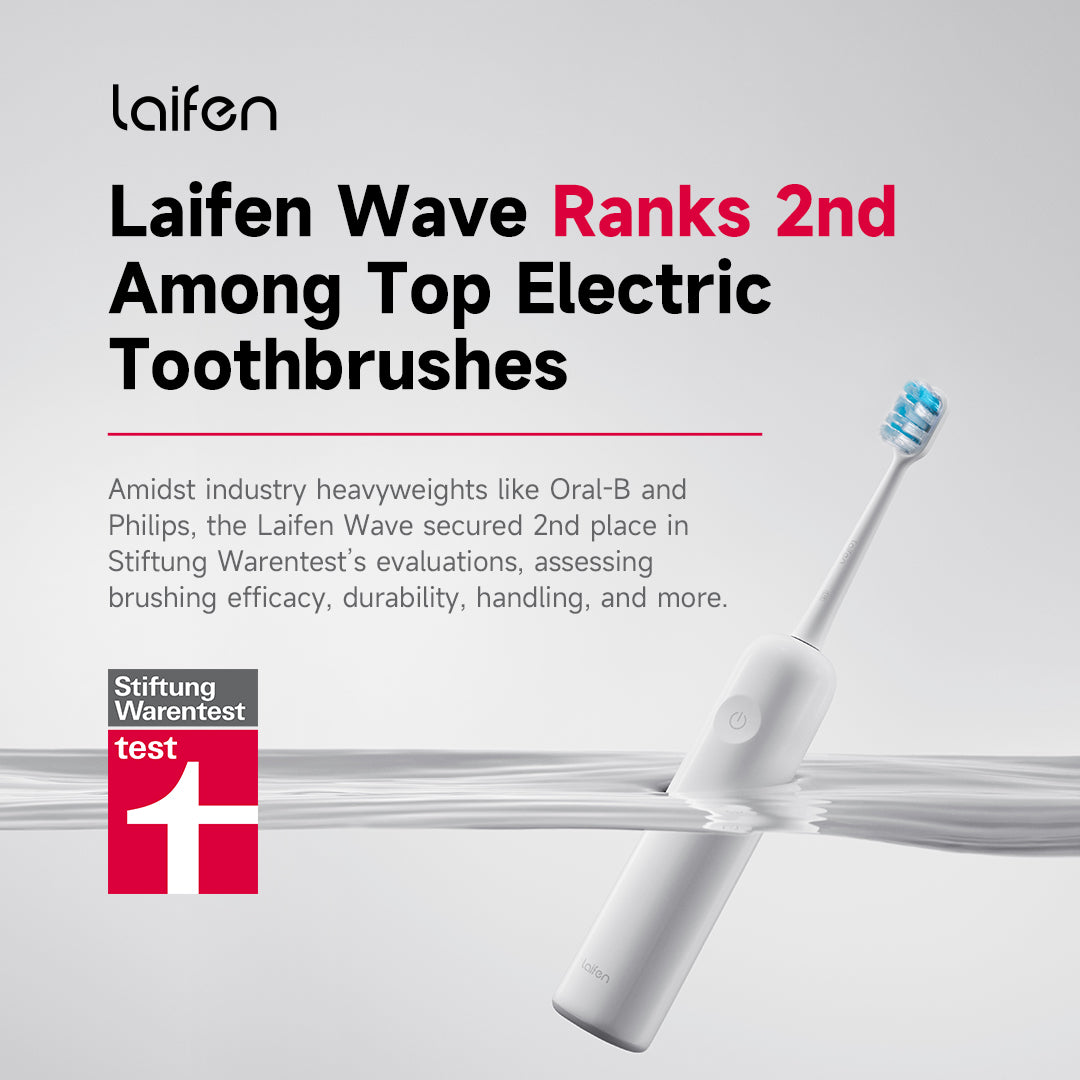
Laifen Wave electric toothbrush
• Combines sonic power with precisions
• Small design that fits any bag
• High-density bristles for gum care
Floss but not near the extraction site
Flossing is one of the most underrated tools in your recovery kit. Just avoid the healing socket itself for the first few days. Everywhere else? Floss daily. Food particles that linger between teeth can contribute to bacterial buildup, and that's the last thing your healing gums need.
Stay hydrated
Drinking enough water is vital to flush bacteria and support healing, but suction from straws can create negative pressure that might loosen the clot at your extraction site. Stick to sipping from a glass and avoid sugary or acidic drinks until you're in the clear.
Choose a toothpaste that’s gentle but effective
Look for a fluoride toothpaste that’s designed for sensitive teeth that is something without harsh abrasives or whitening agents. Ingredients like xylitol or aloe vera can also help soothe irritated gums.
Commit to routine checkups
Many people only visit the dentist when something’s wrong. But if you’re serious about avoiding future extractions or complications, routine checkups are your best friend. Regular cleanings and early detection of gum issues or cavities can help you stay one step ahead.
The last words
While it doesn't happen to everyone, you might experience a bone spicule after having one of your teeth extracted. This is essentially a small piece of bone that has become exposed and it needs to be removed or at least professionally managed to prevent infection.
For most people, the exposed bone can be manually removed by a dentist, but minor surgery might be required if the bone is particularly big or causing problems in the jawline or gums.


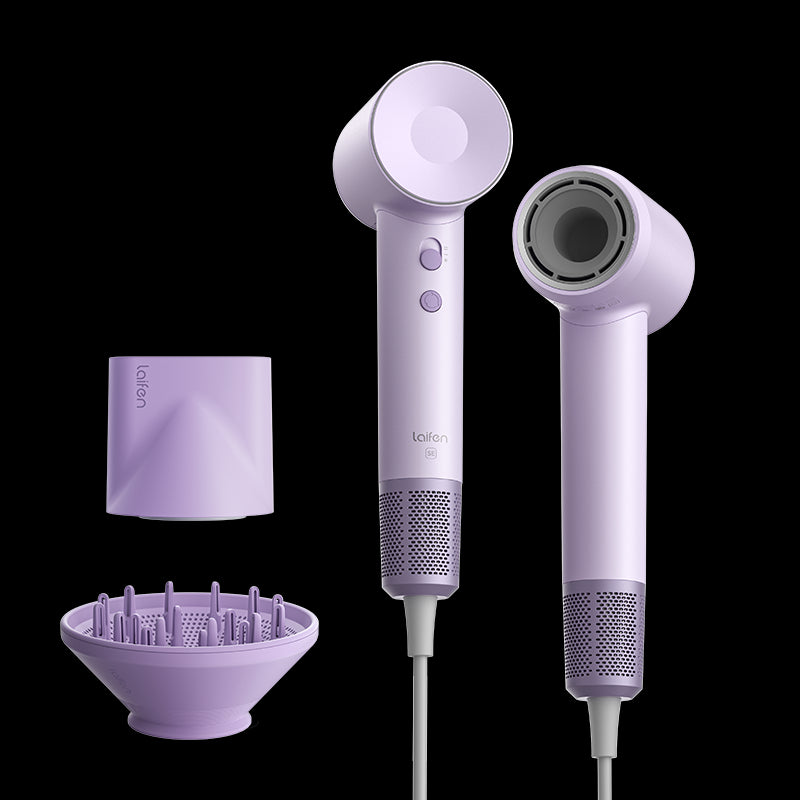


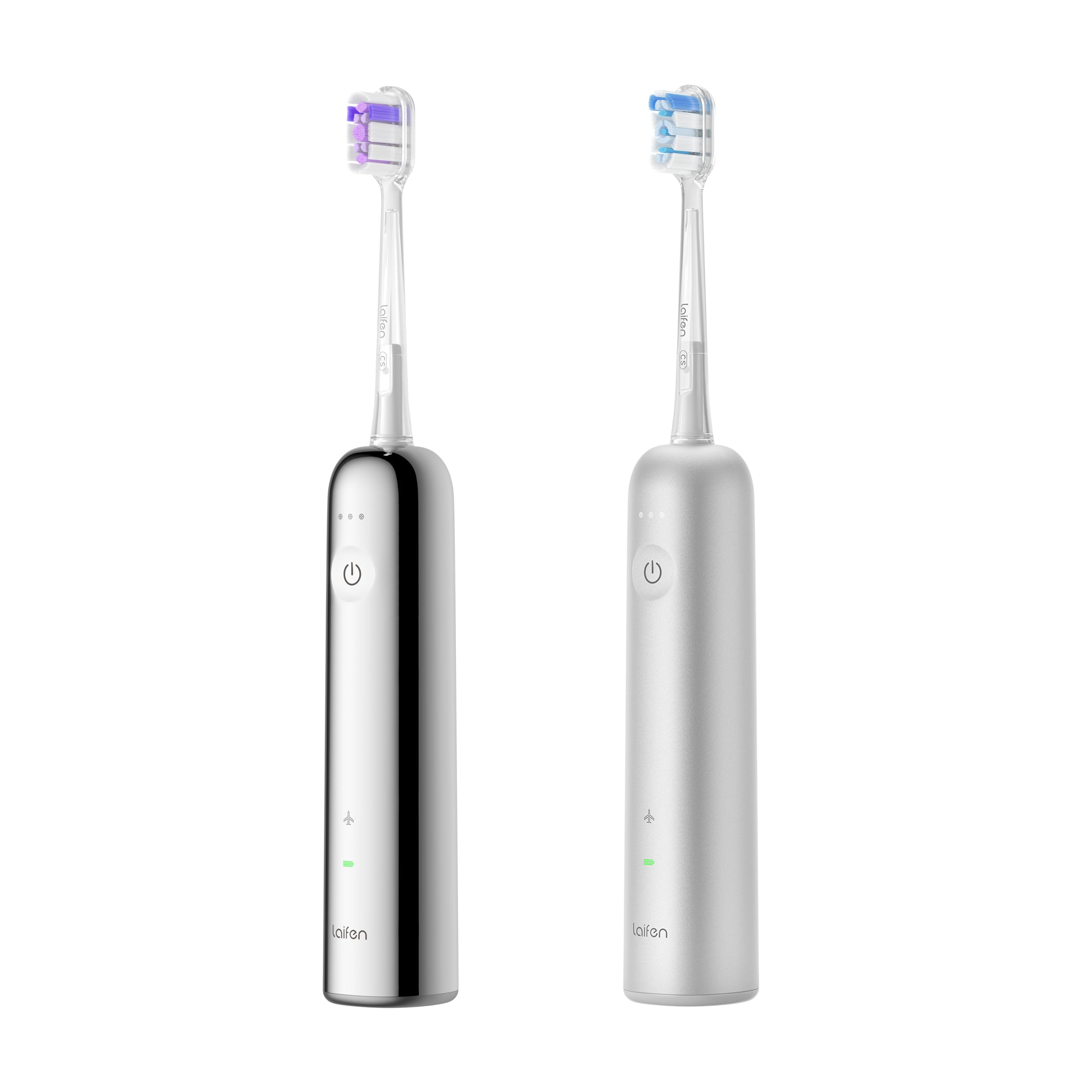
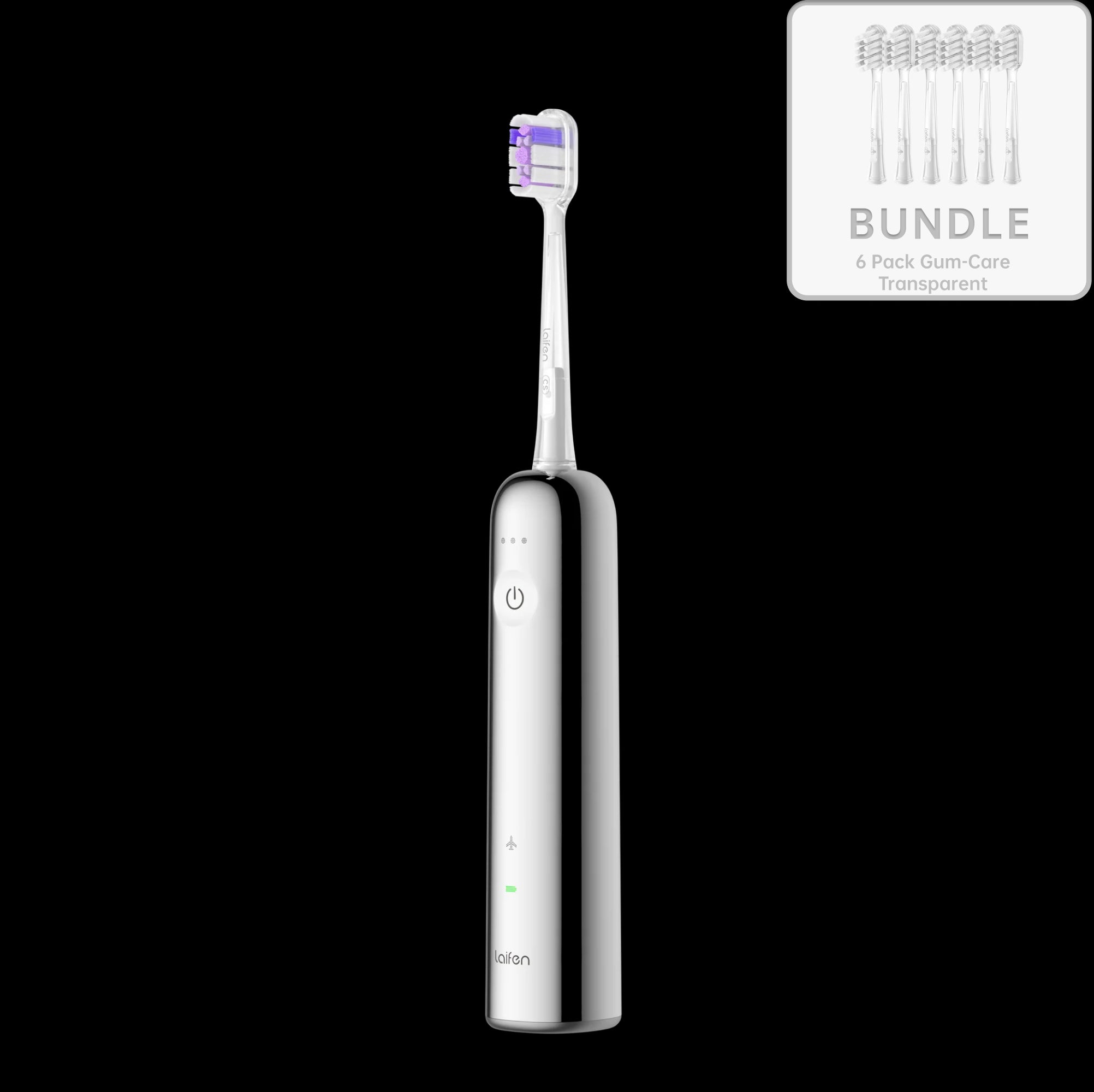
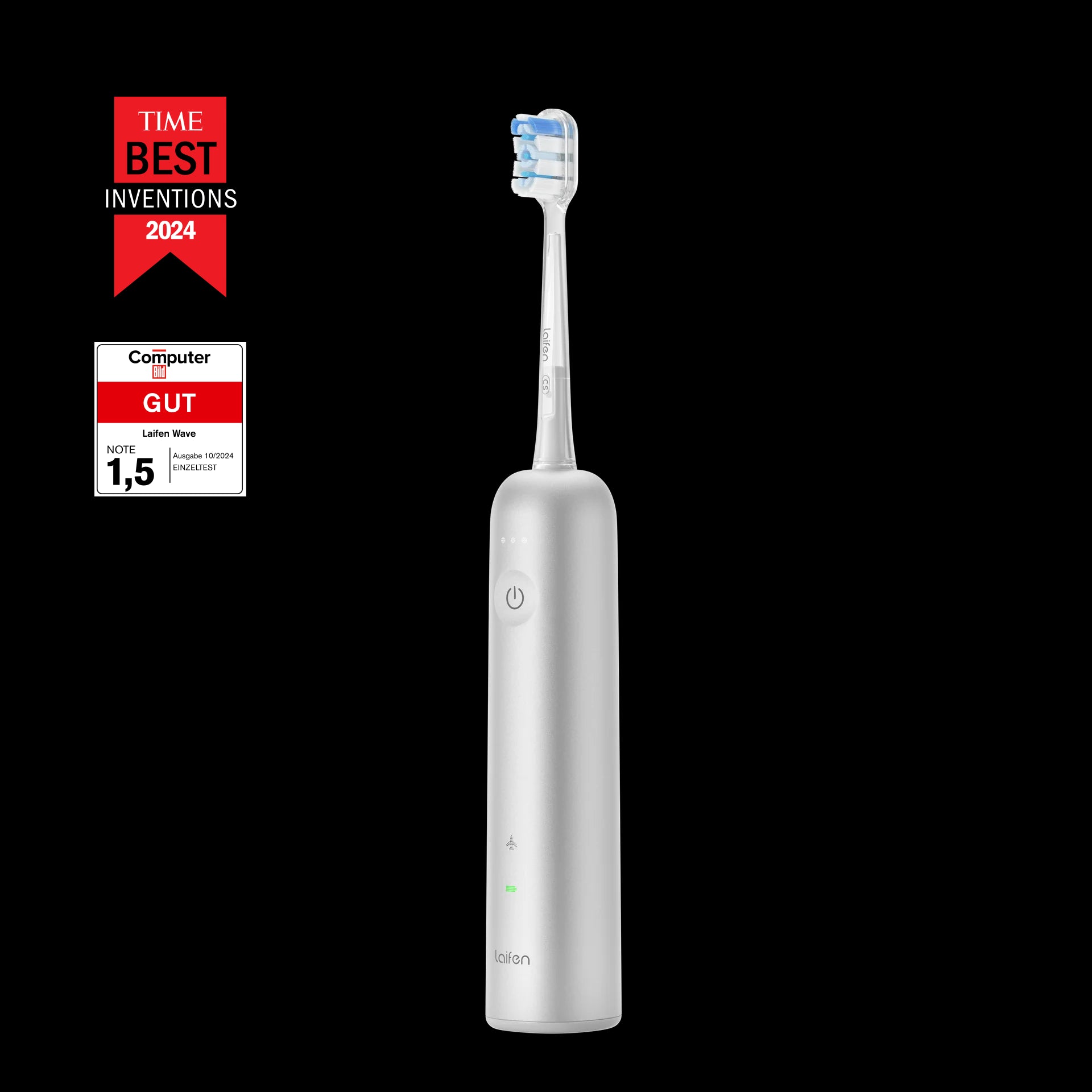


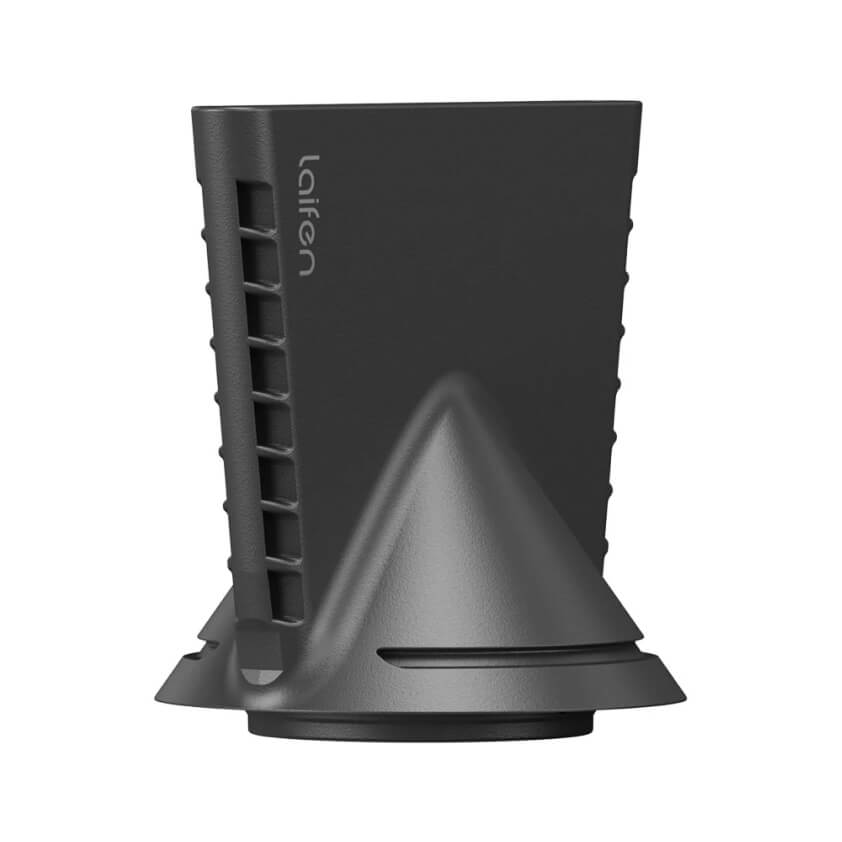
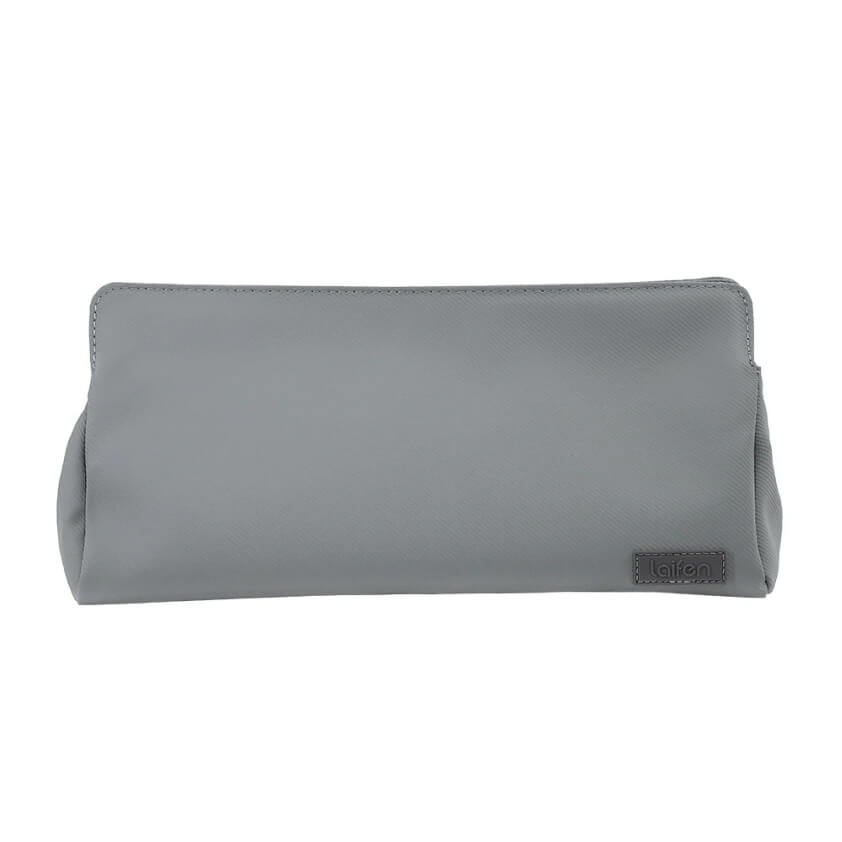
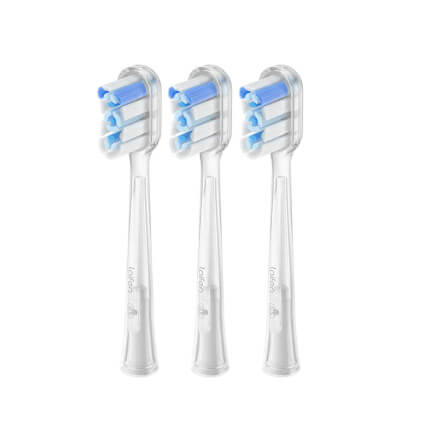
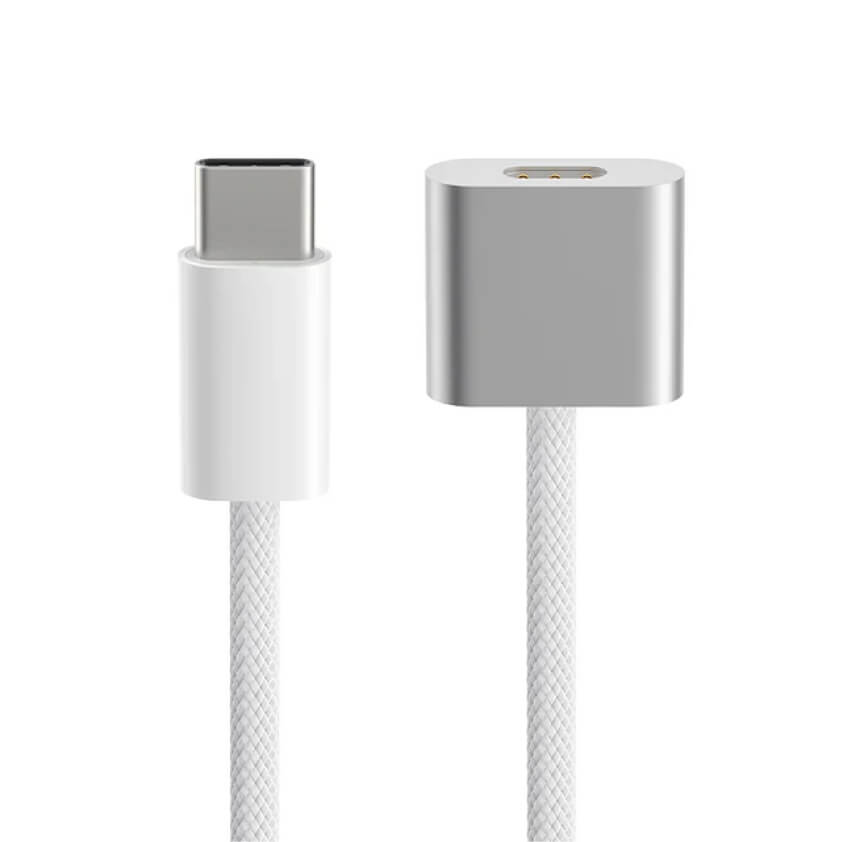
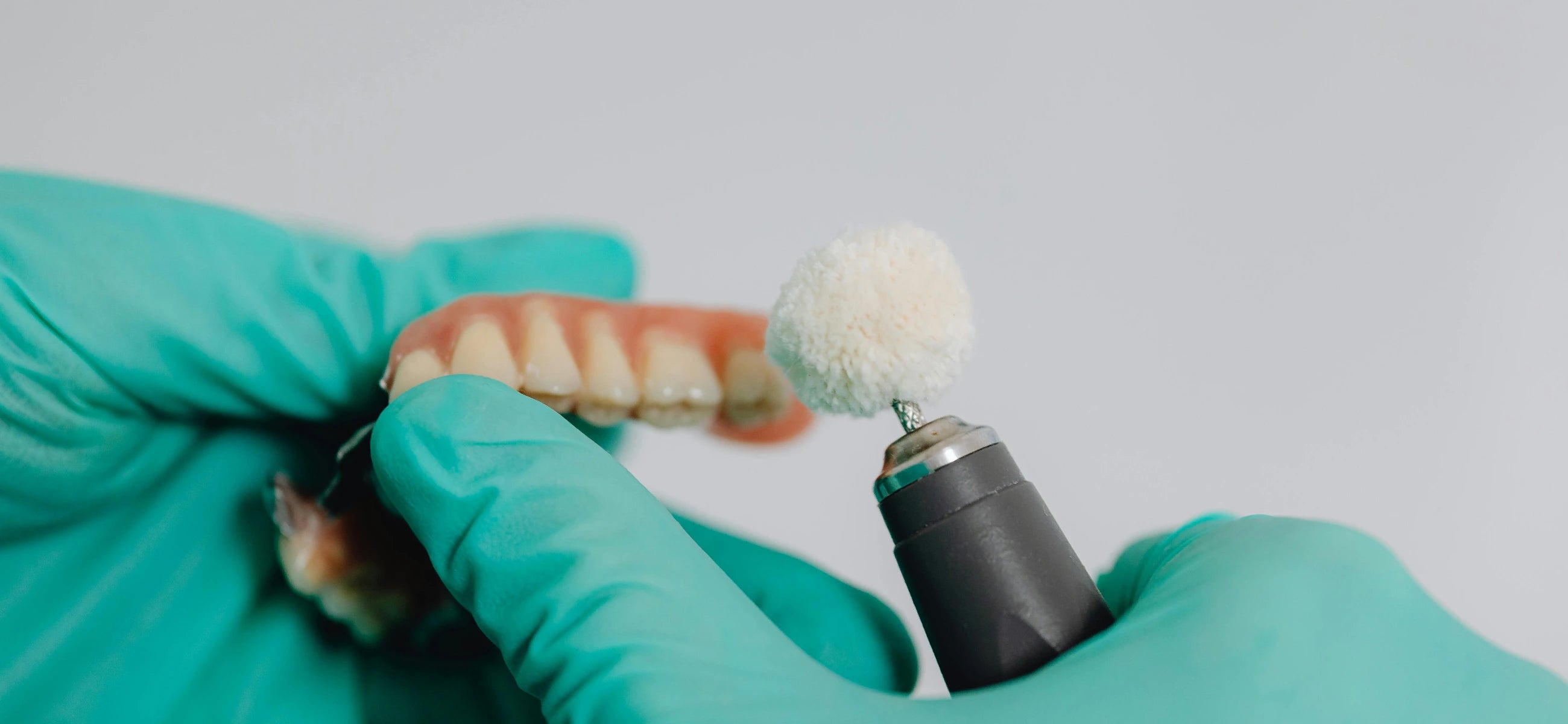
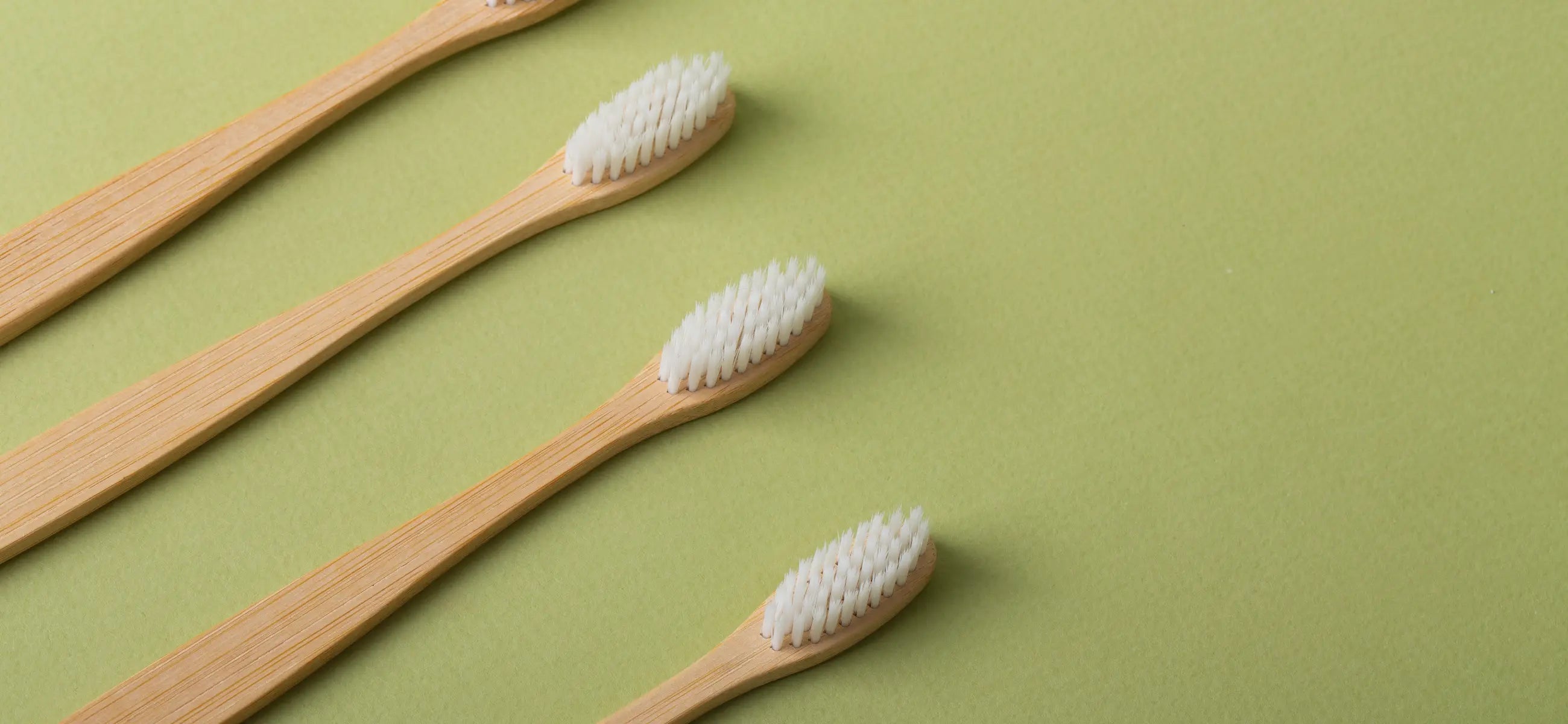






I just had an extraction just a week ago, went back to my dentist and he gave me 2 options.
1. Pay him to remove it
Or 2 , wiggle it out myself.
It seems to be still attached to my jaw bone or at least feels like it.
I’m not sure how long to wait to go back or if I get a second opinion.